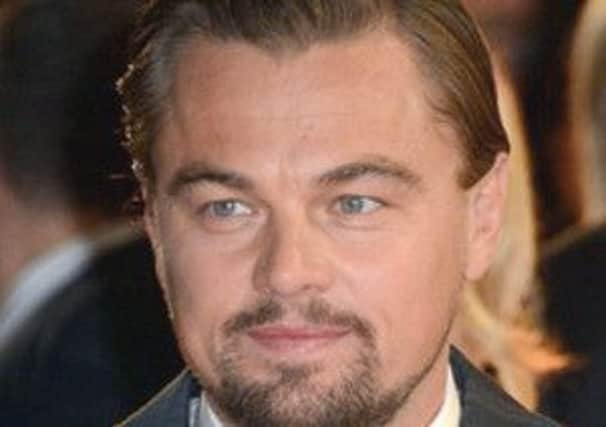What happened this week in history


1898 - Cheerleading was started at the University of Minnesota, with Johnny Campbell leading the crowd in cheering on the football team.
1899 - The Boers began their 118-day siege of British-held Ladysmith during the Second Boer War.
Advertisement
Hide AdAdvertisement
Hide Ad1903 - The Daily Mirror was launched by Alfred Harmsworth (later Lord Northcliffe) as a newspaper for women, run by women.
1924 - The Sunday Express became the first newspaper to publish a crossword.
1930 - Haile Selassie was crowned emperor of Ethiopia.
1936 - The British Broadcasting Corporation initiated the BBC Television Service, the world’s first regular, “high-definition” (then defined as at least 200 lines) service. It was renamed BBC1 in 1964.
1947 - In California, designer Howard Hughes performed the maiden (and only) flight of the Spruce Goose or H-4 The Hercules; the largest fixed-wing aircraft ever built.
Advertisement
Hide AdAdvertisement
Hide Ad1955 - Clarton-Schwerdt and Schaffer discovered the polio virus.
1959 - The first section of the M1 motorway, the first inter-urban motorway in the UK, was opened between the present junctions 5 and 18, along with the M10 and M45.
1960 - Penguin Books was found not guilty of obscenity in the trial R v Penguin Books Ltd, the case of Lady Chatterley’s Lover.
1960 - Paleoanthropologist Mary Leakey and her team discovered the first fossils of Homo habilis, an early human ancestor, at Olduvai Gorge, Tanzania.
Advertisement
Hide AdAdvertisement
Hide Ad1964 - King Saud of Saudi Arabia was deposed by a family coup, and replaced by his half-brother Faisal.
1965 - Norman Morrison, a 31-year-old Quaker, set himself on fire in front of the river entrance to the Pentagon to protest at the use of napalm in the Vietnam War.
2000 - One American astronaut and two Russian cosmonauts became the first to move into the international space station, preparing for a four-month stay.